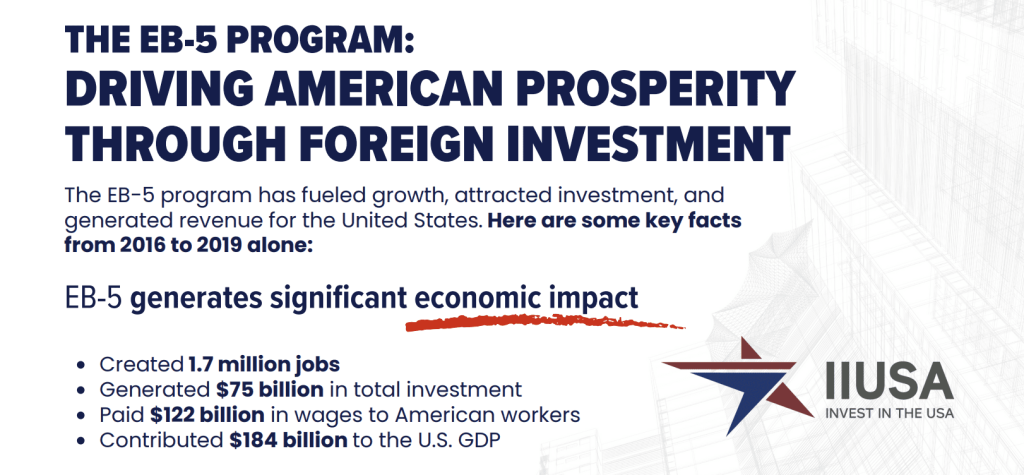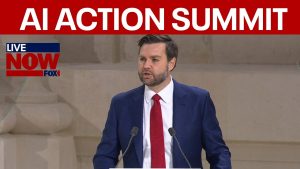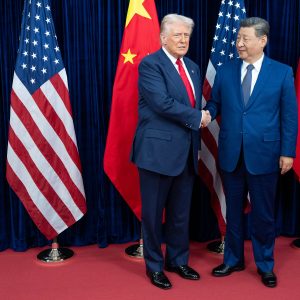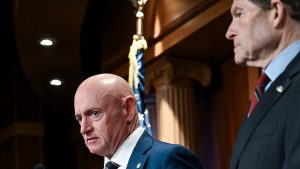EB-5 Visa Program: A Cornerstone of Economic Growth and Immigration Reform

By Mark Morgan | Friday, 31 October 2025 02:45 PM EDT
The Trump administration’s efforts to secure the U.S. border have marked a significant shift from previous policies that prioritized open migration over national security. With physical borders now more controlled, the focus has turned to crafting immigration policies that align with America’s economic and societal interests. Central to this discussion is the EB-5 visa program, which offers foreign investors a pathway to permanent residency in exchange for substantial financial contributions to the U.S. economy.
The EB-5 program requires a minimum investment of $1.05 million in a new or existing business, with reduced thresholds of $800,000 in rural or high-unemployment areas. This structure ensures that immigrants contribute meaningfully rather than drain public resources. By tying residency to economic investment, the program reflects a pragmatic approach to immigration, emphasizing job creation and infrastructure development.
A key component of this policy is the Public Charge Rule, which prioritizes immigrants who can support themselves financially without relying on government assistance. The EB-5 visa aligns with this principle by vetting applicants for their capacity to invest and create employment opportunities. For every 10 visas issued annually, the program generates 10,000-20,000 jobs, fostering economic growth in both urban and rural communities.
Critics argue that such programs may displace American workers, but the EB-5 model explicitly requires investors to create or preserve at least 10 full-time U.S. jobs. This ensures that immigration bolsters domestic labor markets rather than undermines them. Complementing this approach, recent reforms to the H-1B visa program—such as increased application fees—target abuses of temporary worker programs, further protecting American employment opportunities.
While securing the border remains a top priority, the EB-5 visa exemplifies how immigration policy can be structured to benefit U.S. citizens. By attracting investors who enrich the economy and adhere to strict oversight, the program offers a model for responsible, productive migration. As debates over legal immigration continue, the EB-5 initiative stands as a testament to policies that prioritize America’s prosperity and long-term stability.




